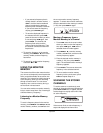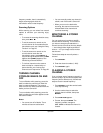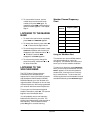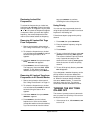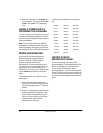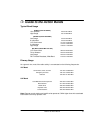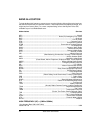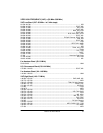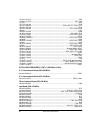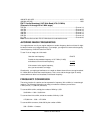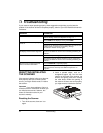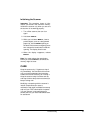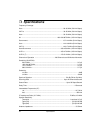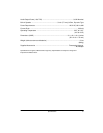
27
Guide to the Action Bands
462.9375–463.1875 ........................................................................................................... MED
463.200–467.925 ................................................................................................................ BUS
FM-TV Audio Broadcast, UHF Wide Band (470–512 MHz)
(Channels 14 through 20 in 6 MHz steps)
475.750 .................................................................................................................... Channel 14
481.750 .................................................................................................................... Channel 15
487.750 .................................................................................................................... Channel 16
493.750 .................................................................................................................... Channel 17
499.750 .................................................................................................................... Channel 18
505.750 .................................................................................................................... Channel 19
511.750 .................................................................................................................... Channel 20
Note:
Some cities use the 470–512 MHz band for land/mobile service.
AVOIDING IMAGE FREQUENCIES
You might discover one of your regular stations on another frequency that is not listed. It might
be what is known as an image frequency. For example, you might find a service that regularly
uses a frequency of 453.275 also on 474.675.
To see if it is an image, do a little math.
Note the new frequency. 474.675
Double the intermediate frequency of 10.7 MHz (21.400)
and subtract it from the new frequency. –21.400
If the answer is the regular frequency, 453.275
then you have tuned to an image.
Occasionally, you might get interference on a weak or distant channel from a strong broadcast
21.4 MHz above or below the tuned frequency. This is rare, and the image signal is usually
cleared whenever there is a broadcast on the actual frequency.
FREQUENCY CONVERSION
The tuning location of a station can be expressed in frequency (kHz or MHz) or in wavelength
(meters). The following information can help you make the necessary conversions.
1 MHz (million) = 1,000 kHz (thousand)
To convert MHz to kHz, multiply the number of MHz by 1,000:
30.62 MHz
×
1000 = 30,620 kHz
To convert from kHz to MHz, divide the number of kHz by 1,000.
127,800 kHz ÷ 1000 = 127.8 MHz
To convert MHz to meters, divide 300 by the number of MHz.
300 ÷ 50 MHz = 6 meters



